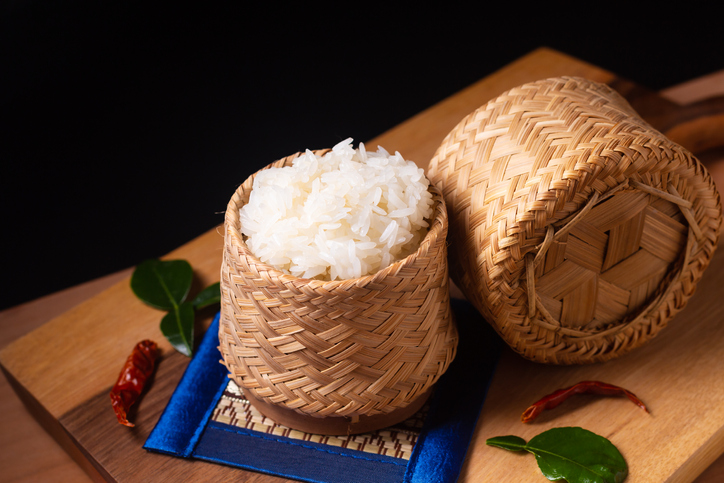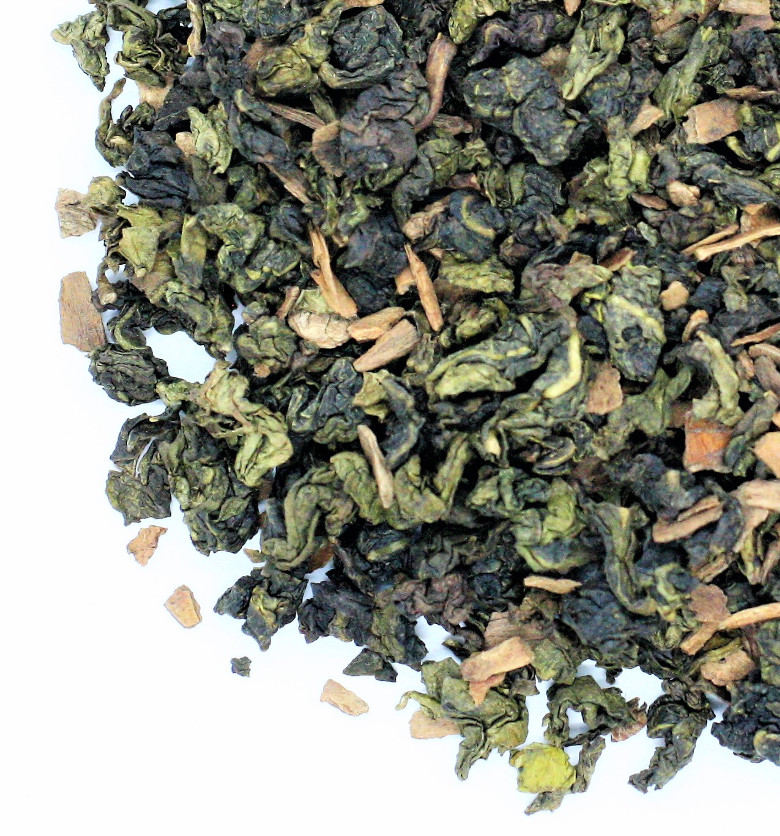Introduction: Sticky Rice Oolong

If oolong tea was good enough for an emperor, then it’s good enough for you.
Oolong has always held a special place in the history of tea, right next to its green and black cousins. That’s why we’re delighted to introduce you to a brand-new choice on our shelves: Sticky Rice Oolong!
But what is it, and why should you consider trying it?
In this post, we’ll explain what Oolong tea is and what you can expect from it (especially the “sticky rice” part). We’ll also share some tips from our tea specialists so you can get the most out of this unique beverage.
Let’s dive in. Why should an emperor have all the fun?
What is Oolong Tea? (A Brief History)
Let’s start by explaining what Oolong tea is.
Oolong tea is what you get when you partially oxidize the tea leaves. As part of the preparation process, Oolong can also be tossed in a basket and fried in a wok. Unlike the leaves used to make green and black teas, Oolong is harvested a little later in the season.
Here’s a fun fact: the tea’s name comes from the English transliteration of “dragon” and “black.” The leaves are even shaped like dragons! (Don’t believe us? Come by the store and ask one of our tea specialists to open a bag to show you.)
Oolong tea made its first appearance in the Fujian province during the Tang dynasty, which came to power in the 7th century CE. It later earned the recognition as a “tribute tea” under the Song Dynasty, when an emperor chose to present it as a gift to the royal court. The more dignitaries visited China, the more popular the drink became.
Today, Oolong tea is harvested from China and Taiwan, and its flavors vary greatly due to the differing climates in which they’re raised. That’s good news for people like us—the more variety, the more there is to sample!
Oolong tea can also contribute toward a healthy lifestyle. It has several nutrients, including calcium, magnesium, and potassium. It can also help manage diabetes, aid in weight loss, and prevent heart health. (We should note here that drinking tea can add to a healthy lifestyle, but it’s not a substitute for eating nutritious meals, getting sleep, exercising, etc.)
What to Expect from Sticky Rice Oolong

Let’s talk about the flavor profile.
Oolong tea is a tad floral and fruity. Sticky Rice Oolong, specifically, is smooth, creamy, and has hints of cinnamon—not to mention the rice aroma from which it derives its name.
So, how should you prepare it?
Boil some water and pour it into a cup. Standard instructions call for the water to be at least 195 degrees Fahrenheit before you steep the leaves. One of our tea specialists, however, recommends letting the water cool to 175 degrees. (You can use a food thermometer to track the water’s temperature.)
You can drink the tea by itself or pair it with some honey or creamer. We encourage you to try it at least a couple of different ways, so you can discover how you’ll like it best. Either way, enjoy it slowly. Let yourself savor Sticky Rice Oolong’s blend of earth and cinnamon.
Conclusion
Sticky Rice Oolong is the unique type of tea that you didn’t know you were missing until now. It’s currently available in our store, available as a bag of loose-leaf tea and as a brewed up. You can learn more at our Sticky Rice Oolong page, or you can ask us in person for recommendations on how to prepare it. Either way, you’ll be glad you did.

